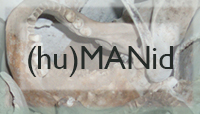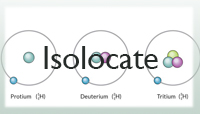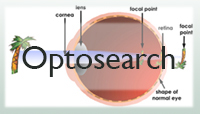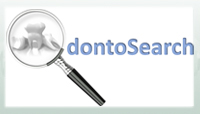Noun: /an·thro·pol·o·gy apps
ˌanTHreˈpälejë/ [aps]
Statistical applications that are designed to help facilitate the work of forensic anthropologists
by allowing practitioners to use computationally complex analytics at the click of a button.
About
 |
(hu)MANid is a FREE, web-based GUI that is designed to evaluate sex and ancestry of human mandibles. The program utilizes a suite of classification statistics (e.g. LDA, MDA, RF) on both metric and morphoscopic data; reference data span over 1700 mandibles representing 24 world populations as well as combined groups. The program provides posterior and typicality probabilities, classification plots, and summary statistics. It can be used for forensic applications or pure research. Click the button to begin! |
 |
Isolocate is the next-generation tool for determining the region of origin for bone and tooth isotopes of unknown individuals. The GUI will provide the statistical likelihood for an one given sample to originate from a variety of world-wide populations. This currently involves Carbon, Oxygen, and Nitrogen isotopes, but will expand to others in the near future. Stay tuned!
|
 |
This GUI provides age estimation from histological cross sections of the anterior femur using random forest regression. |
 |
Optosearch is a web-based GUI that determines the strength of match between antemortem prescription data and a pair of eyeglasses. This SQL-based tool searches multiple databases of greater than 400,000 prescriptions, and then determines the frequency of prescription matches. This technology has been used for identification of unknown persons as well as in criminal proceedings. Prescription eyewear can also help evaluate the age of an individual. |
 |
The OdontoSearch computer program provides an objective means of assessing the frequency of occurrence for dental treatment. The results from OdontoSearch provide statistical values and an objective means of quantifying the relative frequency that a dental pattern created by missing, filled, and unrestored teeth occurs in the general population. The program works by comparing an individual's overall dental pattern to a larg representative sample of the U.S. population. The program allows for any number of teeth from 1 to 28 (excluding third molars) to be searched, which allows for cases involving postmortem loss or missing data. The methodology and rationale behind the OdontoSearch program is very similar to the statistical procedures that have been established for mitochondrial DNA comparisons. Results can be useful for supporting decedent identification.
|
/an·thro·pol·o·gy
ˌanTHreˈpälejë/
The science of human beings, especially: the study of human beings and their biological characteristics, evolutionary origins, physical and cultural development.
©2017 - Gregory E. Berg and Michael W. Kenyhercz




